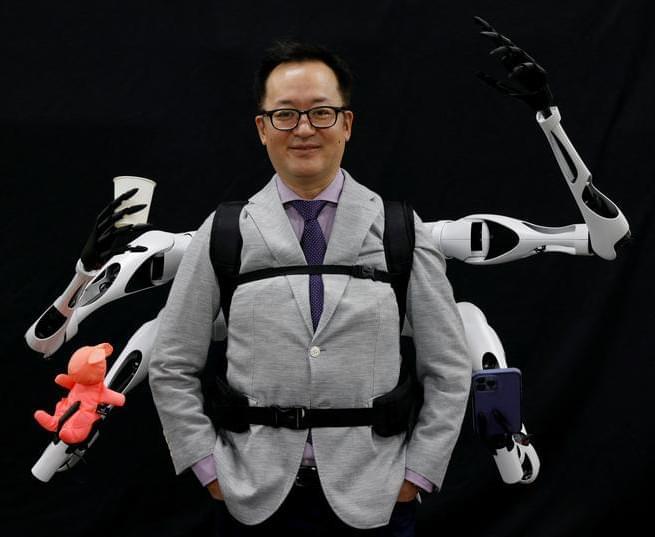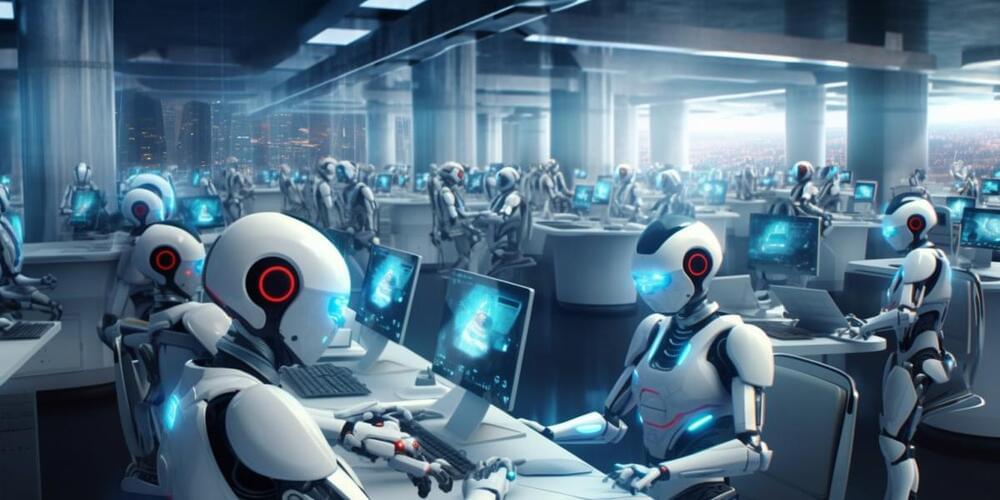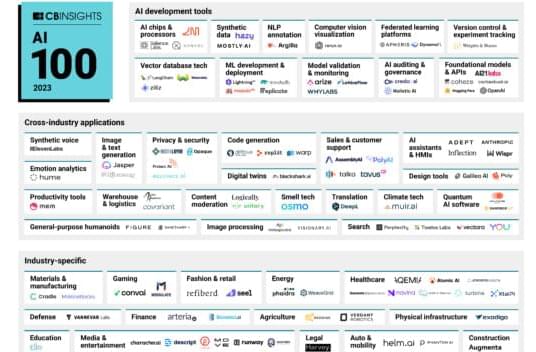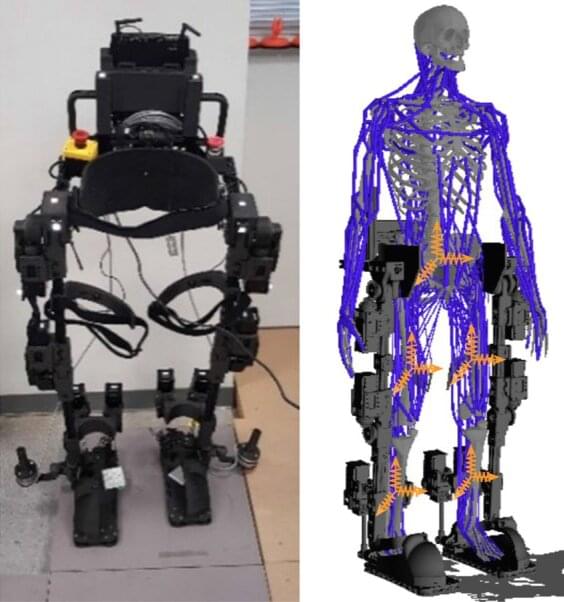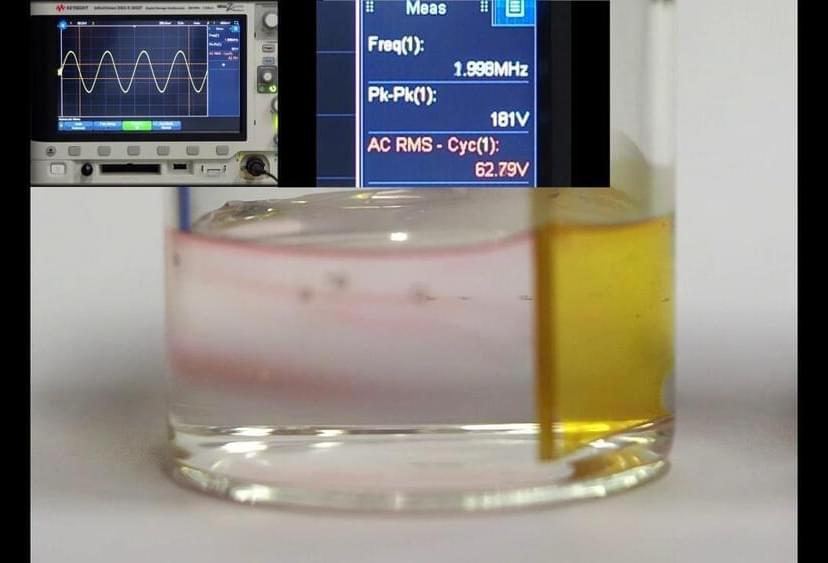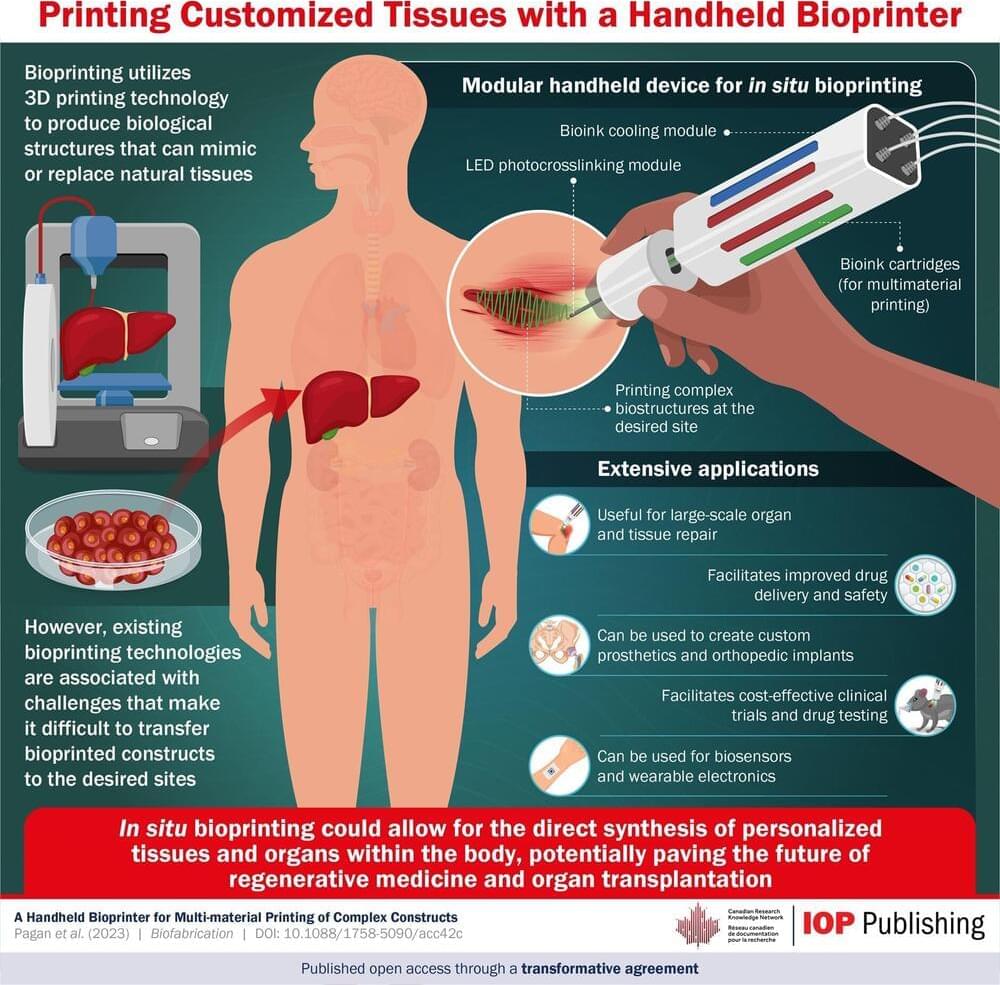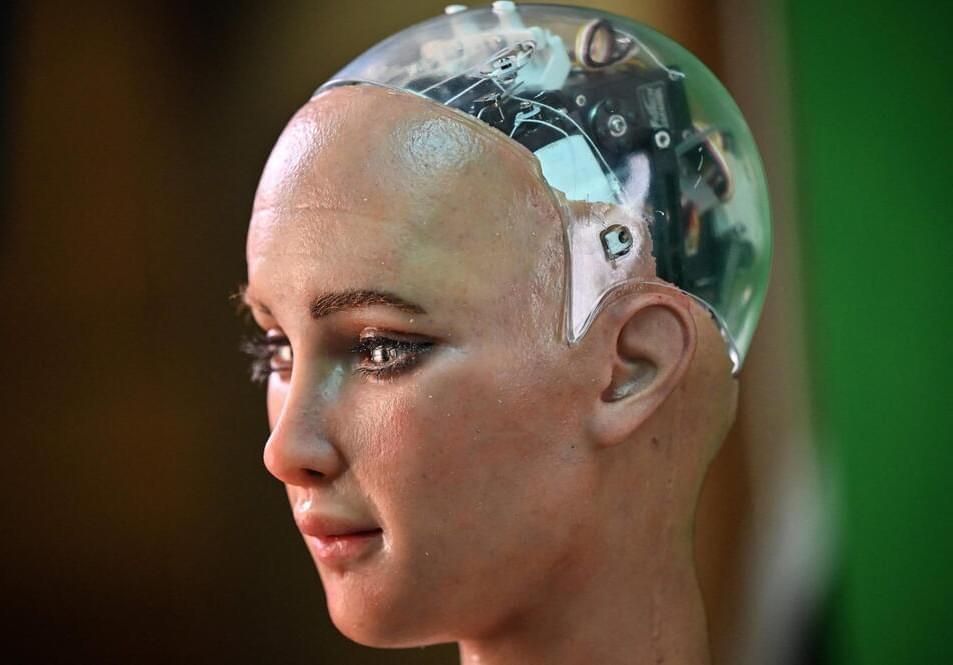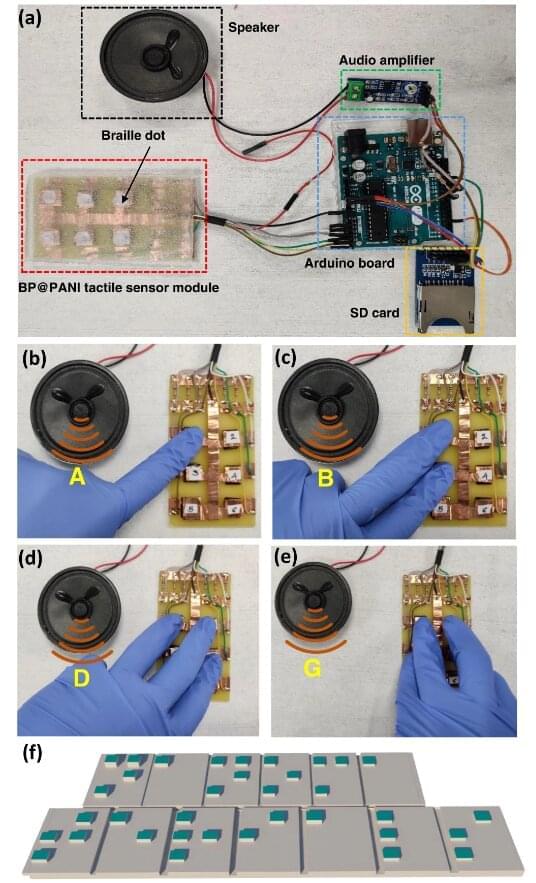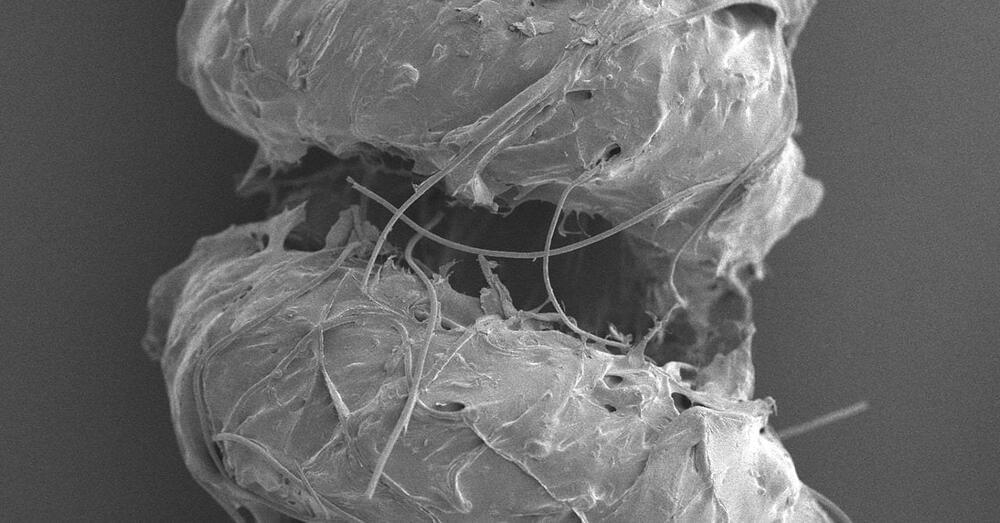Jun 27, 2023
Dancing cyborgs: Japanese researchers develop robot arms to ‘unlock creativity’
Posted by Omuterema Akhahenda in categories: cyborgs, robotics/AI, transportation, wearables
TOKYO (Reuters) — What would society look like if cyborg body parts were freely available for use like roadside rental bicycles? Masahiko Inami’s team at the University of Tokyo have sought to find out by creating wearable robotic arms.
Inami’s team is developing a series of technologies rooted in the idea of “jizai”, an Japanese term that he says roughly denotes autonomy and the freedom to do as one pleases.
The aim is to foster something like the relationship between musician and instrument, “lying somewhere between a human and a tool, like how a musical instrument can become as if a part of your body.”
